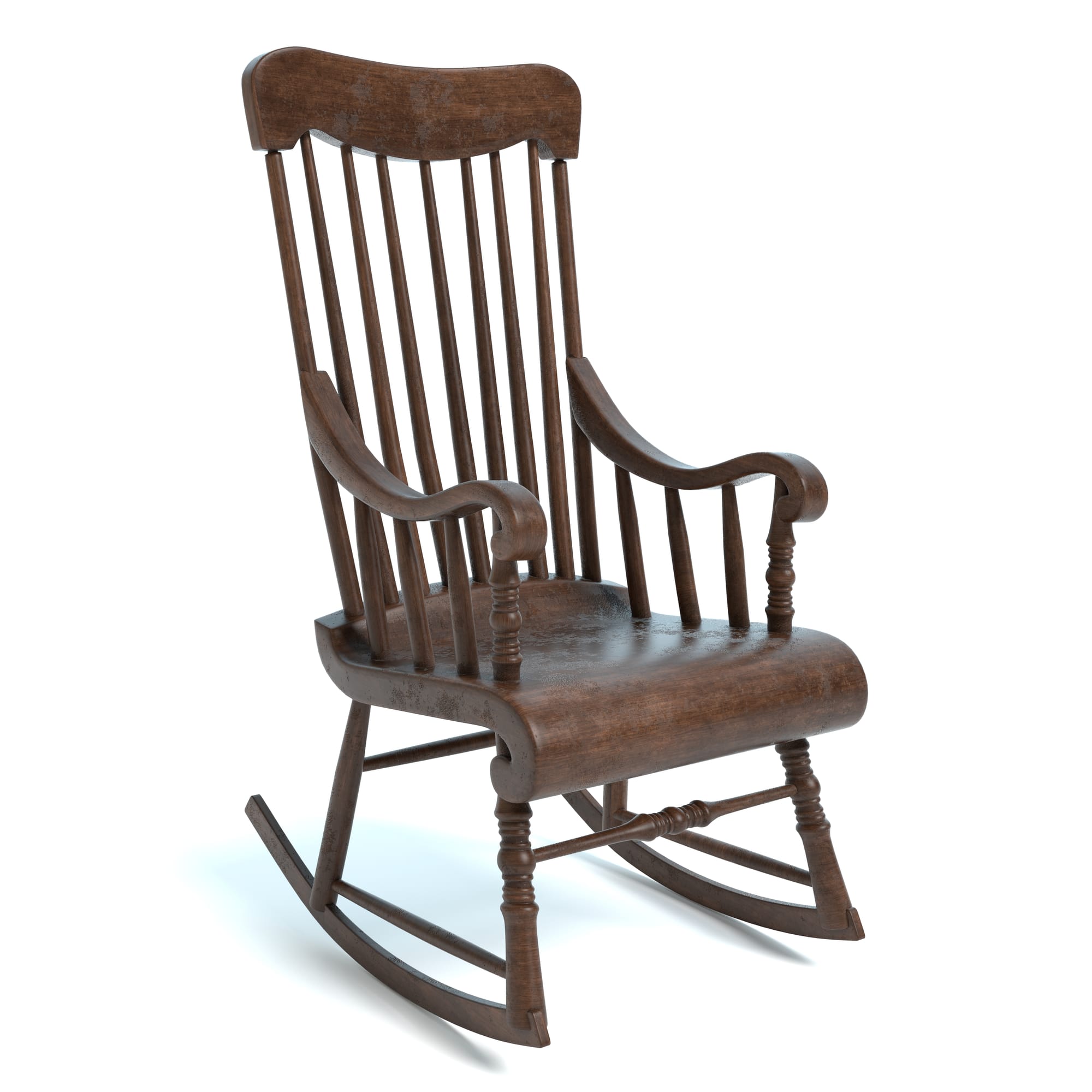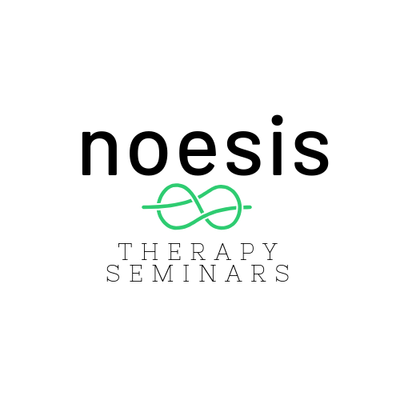7 Ways Physical Therapy Can Alleviate Mal de Débarquement Symptoms

7 Ways Physical Therapy Can Alleviate Mal de Débarquement Symptoms
Mal de Débarquement Syndrome (MdDS) is a rare condition typically characterized by a persistent sensation of swaying, rocking, or bobbing that people primarily experience after prolonged exposure to passive motion, such as from a boat or a long flight. This feeling is often described as similar to the sensation one feels after stepping off a boat, where the ground or floor seems to still be moving. Managing these symptoms can be challenging, but physical therapy offers several strategies that can help alleviate them. Below are seven effective physical therapy techniques that can significantly reduce the symptoms of Mal de Débarquement.
- Balance Training
Balance training is one of the most crucial interventions for patients with MdDS. Physical therapists can tailor specific exercises that challenge the patient’s ability to maintain balance in both static and dynamic situations. These exercises help retrain the brain to process sensory signals from the eyes, ears, and proprioceptive system more efficiently, therefore reducing the feeling of imbalance. Common exercises include standing on one leg, walking heel-to-toe, or using balance boards.
- Vestibular Rehabilitation
Vestibular rehabilitation therapy targets the vestibular organs in the inner ear that control balance and eye movements. If these systems are not functioning properly, dizziness, vertigo, and other symptoms of MdDS can occur. A physical therapist can perform specialized exercises and maneuvers that help recalibrate the vestibular system. This type of therapy might include head-eye coordination exercises, the Brandt-Daroff exercise, or the Epley maneuver if Benign Paroxysmal Positional Vertigo is also diagnosed.
- Gaze Stabilization
Gaze stabilization exercises are designed to improve control of eye movements, which can enhance the ability to focus and reduce dizziness. This therapy involves focusing on a fixed point while moving the head back and forth or up and down. These exercises train the vestibulo-ocular reflex, which keeps visual images from blurring when the head is moving. Improving this reflex can decrease the symptoms of MdDS.
- Aerobic Exercise
Aerobic exercises such as walking, cycling, or swimming can also benefit individuals struggling with MdDS. These activities help increase blood flow to the brain and other parts of the body, which can promote balance and overall health. Increased physical fitness through aerobic exercise can reduce stress and anxiety, which are common in individuals suffering from chronic MdDS symptoms.
- Relaxation and Breathing Techniques
Stress and anxiety can exacerbate the symptoms of MdDS. Physical therapists can teach relaxation exercises, such as deep breathing, meditation, or guided imagery, which can help alleviate these psychological stressors. By learning to control their breathing and practicing relaxation techniques regularly, patients may experience reduced severity of their symptoms.
- Proprioceptive Neuromuscular Facilitation (PNF)
PNF is a technique that involves stretching and contracting different muscle groups. These movements enhance body awareness and coordination, which can be beneficial for patients with MdDS. By improving proprioception or the sense of the relative position of body parts, individuals may experience better control over their body movements and less perception of their symptoms.
- Cognitive Behavioral Therapy Integration
Although primarily a psychological intervention, Cognitive Behavioral Therapy (CBT) can be integrated into a physical therapy program to help manage MdDS. CBT can teach patients how to cope with the discomfort and disruption caused by chronic symptoms. Understanding and adjusting their thought processes about their symptoms can lead to improved handling of those symptoms and reduced overall impact on quality of life.
The feeling of disembarkment typically associated with Mal de Débarquement Syndrome can be overpowering and often diminishes one's quality of life. While there is no cure for MdDS, applying these physical therapy techniques can make significant improvements in managing symptoms. If you or someone you know is suffering from this condition, consider consulting a physical therapist specialized in vestibular disorders to explore these treatment options. Importantly, each patient’s response to treatment can vary, so treatments should be personalized and adjusted as needed under professional supervision.
